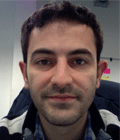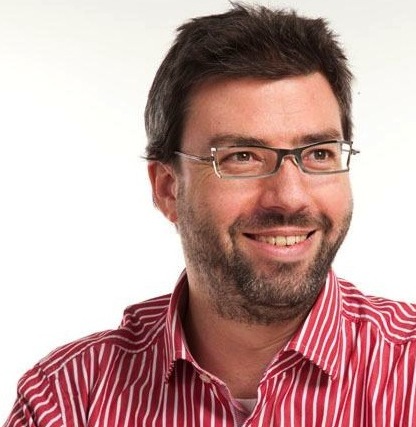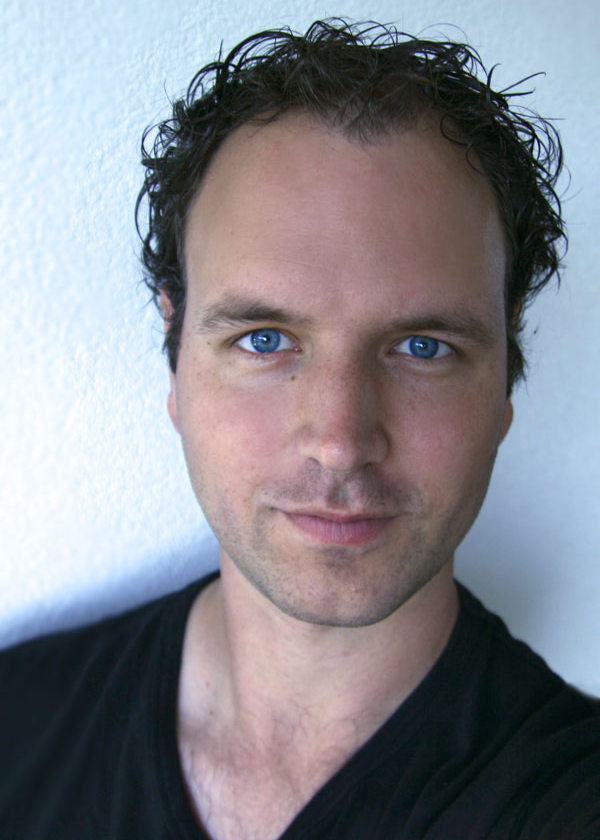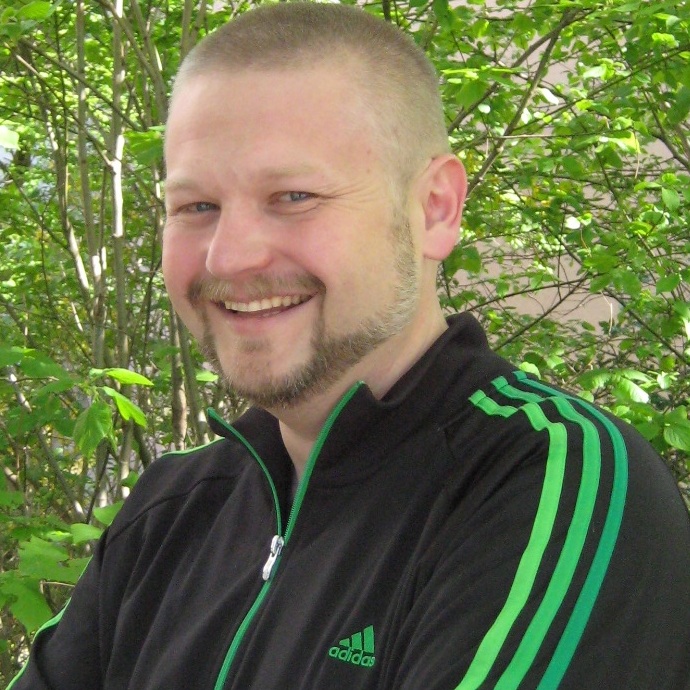A ride in the bowels of Erlang web servers
| Paolo will focus on Erlang HTTP servers. By going through some of the internals of few web servers written in Erlang, let's see what kind of different solutions were adopted to solve the same problem and learn how Erlang building blocks were used to build these products. Target audience: Everyone who's curious to take a look at how Erlang we servers work |
| Traditional messaging middleware is clean - data and producer/consumer agnostic. Data Distribution is dirty - it exploits unlawful carnal knowledge of data structures and client environments and constraints to deliver high value real time conversational services. Unleashing the corporate firehose over the web and to mobile, or accepting small data anywhere from any device requires something a little bit different. It's messaging, sort of, but we're not in Kansas any more and there are no red shoes." Talk objectives: Inspire debate and discussion on the relevance or not of traditional messaging in an increasingly mobile world where the Internet of Things, Bring Your Own Device and the increasing sophistication of mobile platforms intersects with the way we work. Target audience: Technologists and professionals interested in distributed systems and streaming data across firewalls, and between organisations. |
| Unless you have been living under a rock for the past year you might know of Travis CI, the continuous integration service for the open source community. Travis CI has run 757,465 tests for 10,844 open-source projects to date, including Basho's Riak, and Mochiweb.
Apart from looking at how Travis works now and in the near future, we will also look at how it got there, and how we broke Travis up into smaller more manageable, more concise encapsulated services. Talk objectives: Introducing Travis-CI service and architecture to open-source developers Target audience: Erlang developers with open-source projects hosted on Github |
Diving into Erlang is a one-way ticket
| Pavlo will tell you about his journey into Erlang: from first gentle touches through storm-alike learning while writing the book to concrete projects and using + trusting Erlang-based systems in larger scenarios. And why he'll never be the same again. Talk objectives: Explain the audience why and when they should use Erlang. |
Erlang and RTEMS Embedded Erlang, two case studies
| RTEMS is a open-source hard-realtime operating system for small embedded systems. It is used in the aerospace industry flying on satellites and planetary probes - currently its also driving around on Mars. This talk shows how Erlang and RTEMS work together in real world products. In the first product they are running on separate boards talking over USB, in the second product Erlang even runs atop of RTEMS as operating system. Talk objectives: Show some real world examples of how Erlang can be used to build better industrial embedded systems. Target audience: Erlang developers and embedded developers interested in Erlang. |
Hello World in Erlang. Reloaded.
| Hello is a RPC Toolkit written in Erlang. This talk will go through the history, features and use cases of this toolkit to give the audience a idea of what Hello wants to be. A comparison with other toolkits will be given. Lastly the roadmap will be discussed and hopefully extended with ideas from the audience. Talk objectives: Present the audience with another option to consider when writing services in Erlang. Target audience: Erlang developers and software architects |
Latest Developments for the Yaws Web Server
| Yaws — “Yet Another Web Server” — is an open source Erlang web server started by Claes “Klacke” Wikström in 2001. It is a full-featured scalable web server that can run standalone or be embedded into other applications. Yaws supports a very long list of features ranging from old-school CGI to modern-day WebSockets, all driven by the needs of real-world applications. Even though it’s an 11 year old project, Yaws is still under active development, continuing to gain features and enhancements as requested by its many users in the Erlang community. In this talk, Steve, a committer on the Yaws project since 2008, will provide an overview of Yaws and its many features, and will show code examples to highlight some of its newer features. Steve will also discuss some of the internals of Yaws as well as explaining his general thoughts on the incredible power that Erlang brings to web development and distributed systems. Talk objectives: Since Yaws is 11 years old, many people new to Erlang assume it's old and outdated and so they look elsewhere for web server support. The goal of this talk is to explore some of the latest features of Yaws and to let everyone know that it's still under active development and maintenance. Target audience: Erlang developers interested in web development, and web developers who want to learn Erlang. |







